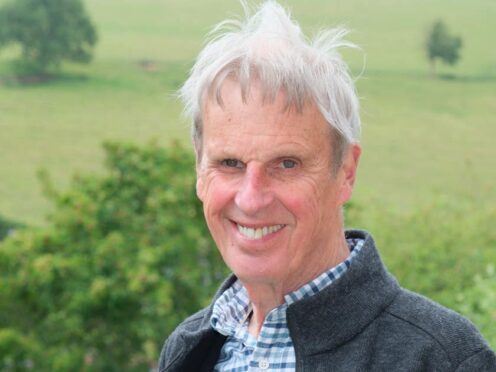Former agricultural story editor of The Archers Graham Harvey has said that the radio show will continue to bring in new audiences as “farming has started to be cool again with young people”.
The environmental campaigner, who was a scriptwriter on the long-running BBC Radio 4 show, thinks that the programme will draw in the younger generations through storylines that explore climate change, class and sustainable agricultural practices.
Speaking to the PA news agency, he said: “There are just unmistakable signs that young people are interested in farming and I think that it is linked in with nature and also climate change, and the threat to our planet.
“Nature is probably the best thing we have, governments pour money into high tech solutions like carbon capture and all that, but nature can do it better.
“Farmers can do more to fix it (climate-related issues) than any new technology.”
He added: “There’s no sign that it’s (The Archers) failing to bring in new audiences, young audiences. In a sense it’s always reinvented itself.”
Explaining how different types of storylines have captured the attention of younger listeners, Harvey discussed the Horrobin family and their influence.

He said: “When I worked on the show, there were a couple of them, but they were kind of marginal characters.
“Now that family, working class family, are very central and the two key members are teenagers, Brad and Chelsea.
“They’re really strong characters and I’m sure they’re bringing in new listeners, young listeners.”
Harvey’s memoir, Underneath The Archers: Nature’s Secret Agent on Britain’s Longest-Running Drama, was published on Thursday and it explores his time as a story editor and how he would implement storylines about sustainable agricultural practices.
The writer said that The Archers once encouraged the use of pesticides and chemicals as it was more focused on industrial farming, but he worked to change this.
Harvey said: “When The Archers started, it very much followed the government line that we had to increase the supply (of food) and at that time, they thought that meant using more fertiliser, so in a way The Archers encouraged the use of chemicals and so on.
“Now, I think The Archers could be showing the way out of that crisis we’ve got into with loss of diversity and soil damage by showing a different way of farming, regenerative, planet fixing and nature friendly.”
The Archers has been on the radio for more than 70 years and explores the lives of people living in the fictional rural village of Ambridge.
In his new book, Harvey writes about The Archers and his love for the British countryside, but he also traces his roots and uncovers a wartime secret of his father’s.
Harvey said he had never dreamed of writing a memoir whilst he was writing for The Archers and described the book as a “personal journey”.
